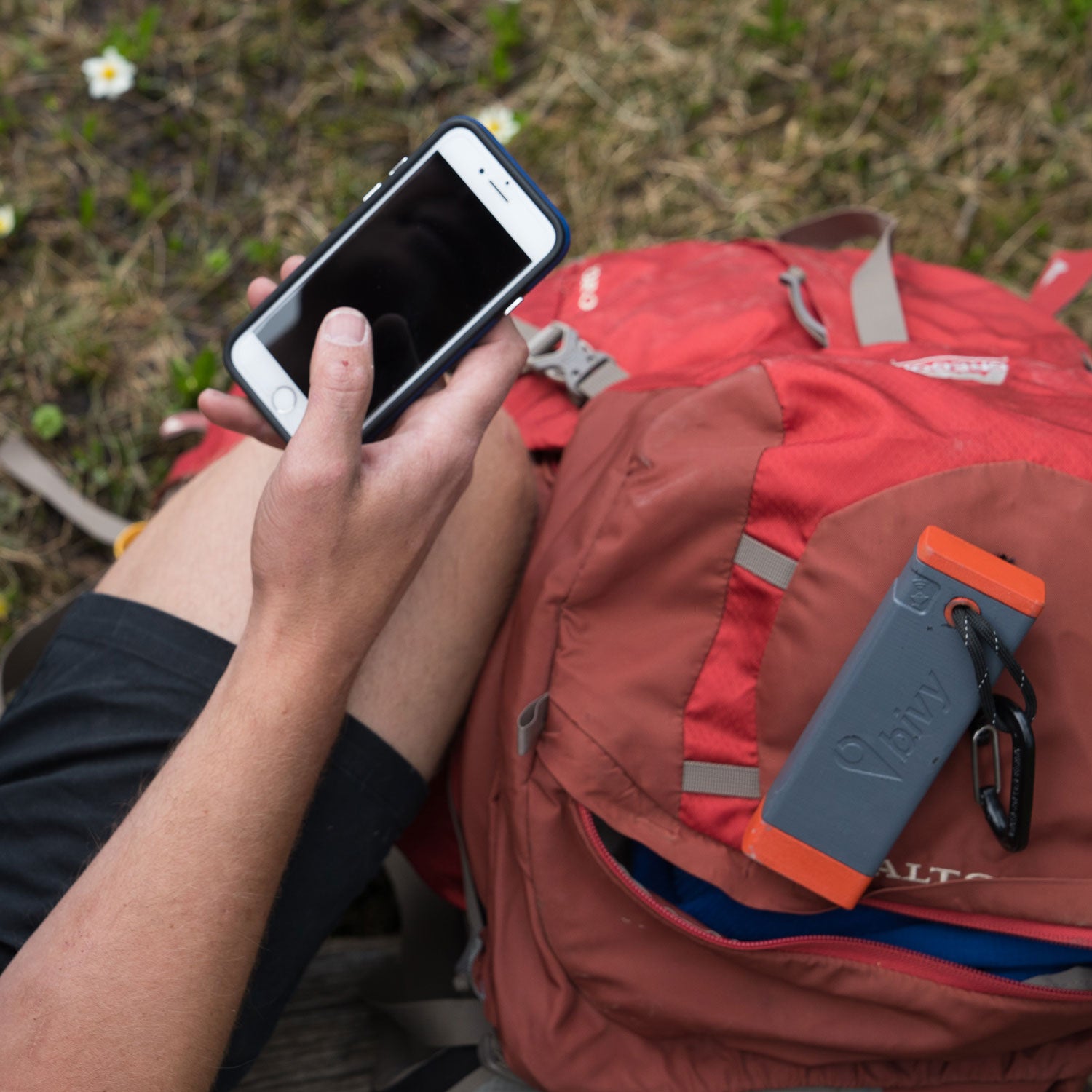Satellite communication╠řtools are a big investment. The devices cost hundreds of dollars╠řand require subscription plans that come with startup costs and monthly fees. TheyÔÇÖre a good option╠řif youÔÇÖre heading into╠řthe backcountry, where cell service is nonexistent, but the cost of a contractÔÇöand the logistics of remembering when to activate and deactivate it for specific╠řtripsÔÇöis enough to turn many away. And for those who venture off the grid only occasionally, it may simply not╠řbe worth the expense. A startup called Bivy wants to fix that.
Bivy╠řlaunched two years with a flagship ╠řsimilar to╠ř for hiking and for climbing. Unlike those apps, however, Bivy isnÔÇÖt single-sport focused. Pins on the map can represent╠řeverything from climbing crags to backcountry ski routes╠řto river put-ins, with detailed course descriptions and information on mileage╠řand╠řelevation gain. Users can filter by activity╠řand even by style (say, if╠řyou want to find a chute to ski, a crack to climb, or a waterfall to hike to), track their travels, and share their location with friendsÔÇöat least╠řwhen in range of a╠řcell tower.╠ř
Now founder Vance Cook is to launch a satellite communication╠řtool that will allow users to continue using the app to stay in contact with friends and family when cell signals fade. Shipping in September, the Bivy Stick╠ř($300) works like many other sat comm tools╠ř(think╠řGarminÔÇÖs InReach), using the Iridium network to send messages, receive weather updates, and call for rescue via an SOS button. However, the Stick itself doesnÔÇÖt have a keypad, screen, or physical SOS button. Instead, it uses Bluetooth to to put╠řthose functions on your smartphoneÔÇÖs screen.
The Bivy Stick comes just months after rollout of a similar device, called the╠řSomewear, created by a group of Silicon Valley developers. Like the Bivy Stick, the Somewear╠řacts as a conduit between your phone and the Iridium╠řnetwork, enabling you to send messages and SOS signals from the backcountry.╠ř
WhatÔÇÖs different about the Bivy╠řStick? It entails no╠řstartup cost, contract, or╠řmonthly fee. Instead╠řyou buy credits. One credit equals one action (a text, a weather update, a two-hour period of location tracking). The base emergency╠řpackageÔÇöten creditsÔÇöcosts $18, and users pay extra for additional credits.╠řInstead of purchasing a monthÔÇÖs worth of data you may never use, you can get just enough for╠řa few days. The only caveat: the credits expire after 30 days, unless you pay a small fee╠řto roll them over.
In many cases, the monthly plans offered by Garmin will be cheaper than BivyÔÇÖs credit system. GarminÔÇÖs cheapest plan is $15 per month (plus a onetime $25 activation fee)╠řfor ten custom messages, unlimited preset messages, and ten-cent╠řlocation pings, and it can be╠řsuspended when the device isnÔÇÖt in use. But the╠řBivy Stick is cheaper than most of its competitors:╠ř$130 more expensive than the ($170), but $50 cheaper than the Garmin╠ř ($350) and $150 cheaper than the ($450).╠ř
With comparatively╠řlow entry costs and a relatively high level of user-friendliness,╠řthe Bivy Stick may be ideal for weekend warriors╠řand dollar-conscious athletes who need to send only a single message or location ping and are turned off by the hassle of frequently activating and suspending a subscription planÔÇöin other words, the very people who might otherwise never invest in a sat comm╠řdevice.
Of course, thereÔÇÖs a drawback to a sat comm╠řdevice that works through your smartphone: cell batteries die. Bivy addresses this by equipping the Stick with a 6,000 mAh battery╠řthat the company claims can keep a cell phone set to╠řairplane mode charged for three days. The device is 1 by 2 by 5.8 inches, like a larger version of the charger, and could easily take the place of the power pack you already carry in your pack.╠ř
WeÔÇÖll be getting our hands on a test model soon╠řand look forward to putting it through its paces.╠ř


